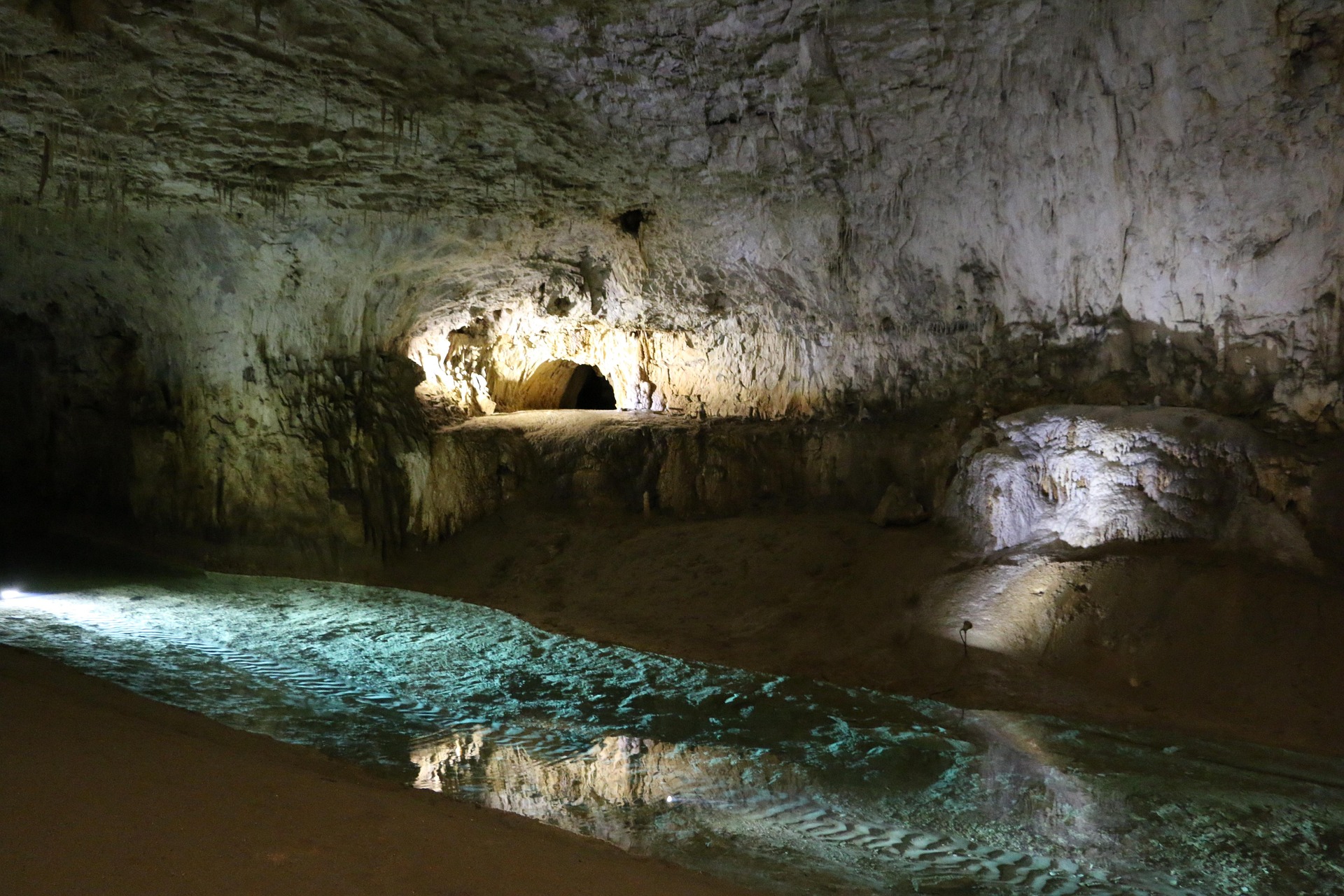Vertical Tourism: Scaling New Heights in Travel
Imagine a world where your vacation isn't just about exploring horizontally, but vertically too. Welcome to the realm of vertical tourism, an emerging trend that's taking the travel industry to new heights – quite literally. This innovative approach to exploration combines the thrill of adventure with the allure of unique perspectives, offering travelers a fresh way to experience destinations. From scaling skyscrapers to descending into deep caves, vertical tourism is reshaping how we perceive and interact with both urban and natural landscapes.

Urban Vertical Adventures
In cities around the world, vertical tourism is transforming how we interact with urban environments. Skyscraper climbing experiences, once reserved for maintenance workers and daredevils, are now becoming accessible to adventurous tourists. Cities like New York, Dubai, and Shanghai offer guided climbs to the tops of their iconic buildings, providing unparalleled views and adrenaline rushes. These experiences often combine elements of history, architecture, and physical challenge, appealing to a wide range of interests.
Natural Wonders: From Peaks to Depths
Vertical tourism isn’t limited to urban environments. In natural settings, it takes on new dimensions. Mountaineering has long been a form of vertical tourism, but modern approaches are making it more accessible. Via ferrata routes – protected climbing paths – are gaining popularity, allowing less experienced climbers to safely scale impressive rock faces. On the flip side, caving experiences are opening up underground worlds to explorers, offering glimpses into Earth’s hidden geological wonders.
The Psychology of Vertical Experiences
What makes vertical tourism so appealing? Psychologists suggest it taps into our innate desire for novel experiences and the thrill of conquering fears. The physical act of moving vertically, whether up or down, triggers a unique set of emotions and sensations. It challenges our perception of space and gravity, leading to a heightened sense of accomplishment and a new appreciation for our surroundings. This psychological aspect contributes significantly to the growing popularity of vertical tourism.
Technological Advancements Enhancing Safety and Access
The rise of vertical tourism has been facilitated by advancements in safety technology and equipment. Modern harnesses, ropes, and climbing gear have made previously inaccessible areas safer to explore. Virtual reality and augmented reality technologies are also playing a role, allowing people to experience vertical perspectives without physical risk. These technological innovations are broadening the appeal of vertical tourism, making it accessible to a wider range of travelers.
Scaling New Heights: Tips for Vertical Tourists
• Start small: Begin with less challenging vertical experiences to build confidence
• Invest in proper gear: Quality equipment is crucial for safety in vertical activities
• Consider guided experiences: Professional guides can enhance safety and provide valuable insights
• Prepare physically: Many vertical activities require a good level of fitness
• Respect the environment: Practice Leave No Trace principles in both urban and natural settings
• Document responsibly: Capture memories without risking safety for the perfect shot
• Stay informed: Weather conditions can significantly impact vertical activities
As vertical tourism continues to grow, it offers a new dimension to the travel experience. This trend not only provides unique perspectives on familiar destinations but also challenges travelers to push their boundaries and see the world from different angles. Whether you’re scaling a city skyscraper or descending into the earth’s depths, vertical tourism promises to elevate your travel experiences to new heights – and depths.





